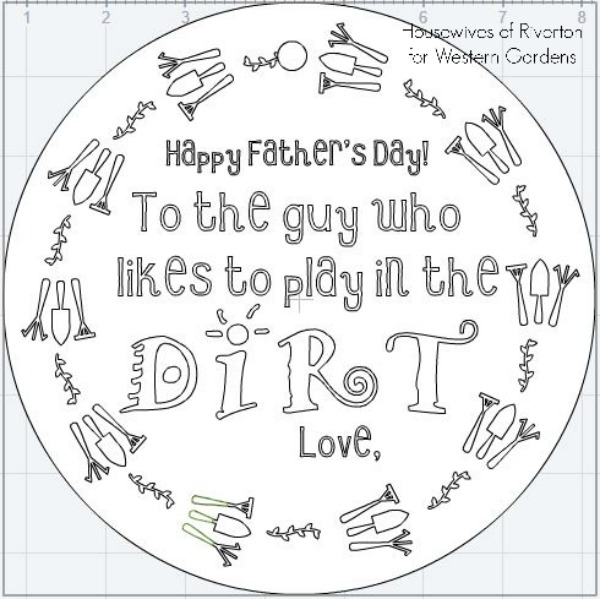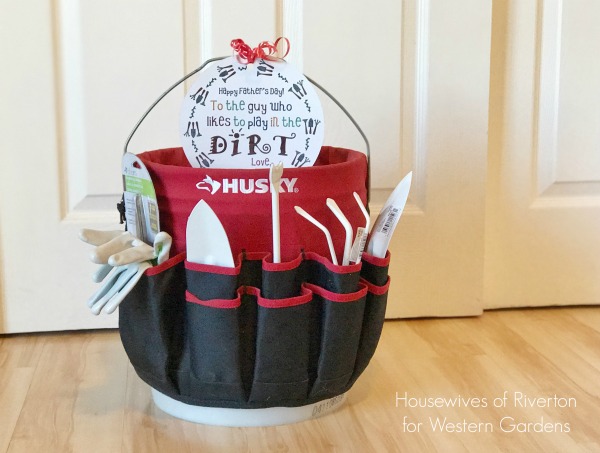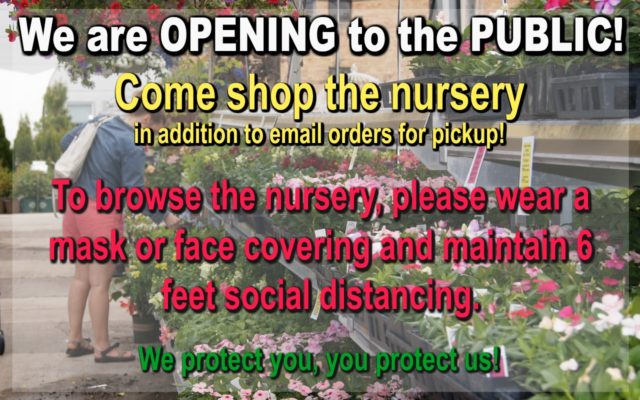
Dear Valued Customers:
We have opened our gates to the public! Store hours on Saturday are 10-6 pm. Beginning Monday the 27th, store hours will be 9-6 pm.
Please know that we take Covid-19 seriously and aim to protect YOU AND OUR EMPLOYEES. Therefore, we are doing the following:
- Sanitizing common surfaces continually throughout the day. This includes shopping carts.
- Installing plexiglass barriers at checkout stands.
- Requesting our employees AND customers to adhere to the CDC recommendation to wear a mask or a fabric covering while in our store. A bandana can work just fine.
- Requesting our employees AND customers to adhere to the CDC recommendation to maintain a 6-foot social distance as much as possible. We have 6 feet markers throughout the store. One way to figure is that one of our shopping carts is approximately 3 feet, imagine 2 carts. ***PLEASE*** when picking out your favorite plant, be aware of your spacing. We all need to be patient during this crazy time! If you need to pass someone in the aisle, walk past and do not stop to talk. Using common sense and being courteous will help everyone have a good experience.
- Use CREDIT CARDS if possible.
- No Public Restroom and drinking fountain.
- Customers may still order via email with parking lot pick up the same day or next business day. Due to the heavy volume, no more phone orders or in-the-parking-lot orders can be accepted. All our employees are busy inside servicing the in-store customers.
Salt Lake Store: [email protected]
West Valley: [email protected]
No Garden Consulting at this time.
We appreciate your cooperation to protect our employees and our other customers. It means a lot to us.
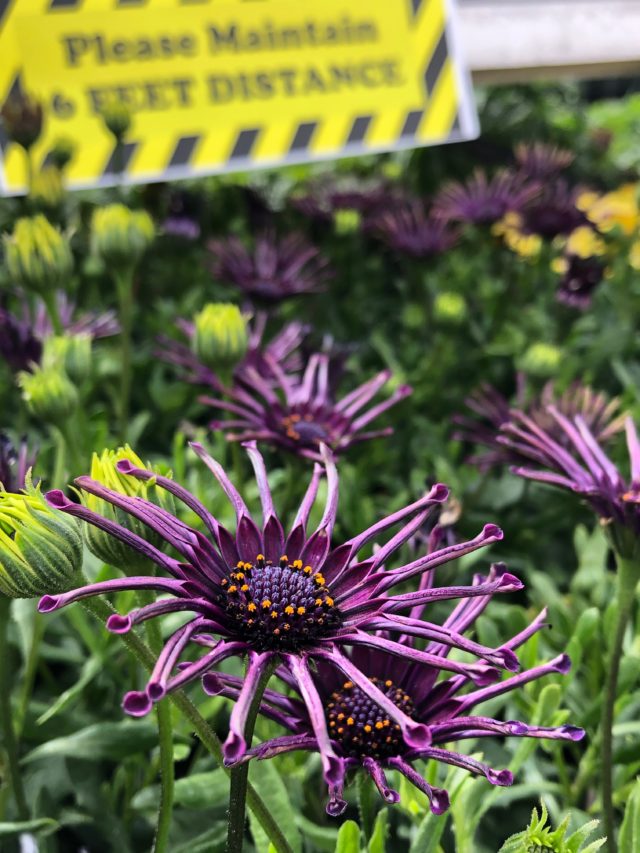
We remind you of the other CDC recommendations:
- If you are sick, PLEASE STAY HOME, get better, and then come to visit us! We want to see you healthy! Should you choose, you can email your order and have someone pick it up for you.
- If you need to sneeze (we know it is ALLERGY season), sneeze into your elbow with your mask on!
- Wash your hands regularly with soap & water. A liberal rubbing with hand sanitizer is the next best thing.
- Remember to not touch your face if you haven’t washed your hands.
Covid-19 doesn’t have wings to fly on its own. It is transferred by contaminated hands or with droplets when we talk, sneeze or cough. Hence washing hands, wearing a mask when social distancing isn’t always possible, coughing/sneezing into an elbow, and keeping the 6-foot social distance are important, and very doable! We can do this!
THANK YOU for your cooperation and patience during this challenging time. We are grateful that we offer an essential service to the community and wish for your best success in growing your own food, beautifying the community, remaining healthy physically and mentally, and tending your gardens and yards this season.
Happy shopping and happy planting,
Western Garden Centers
Feast your eyes on this sampling of temptations!
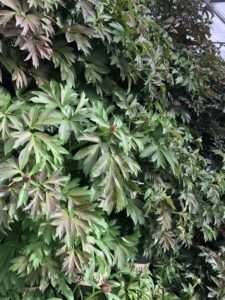
A wall of peonies loaded with buds waiting to open
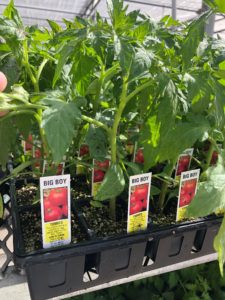
Healthy tomato plants
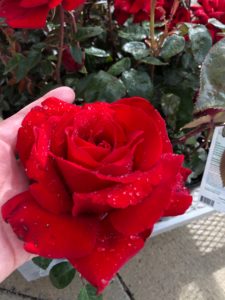
Ingrid Bergman Hybrid Tea Rose
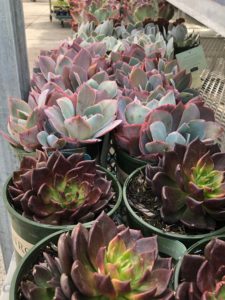
Giant succulent plants
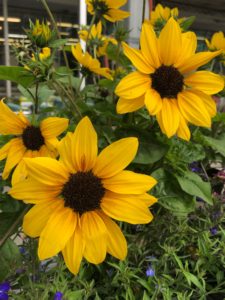
Sun-Believable Brown Eyed Susan
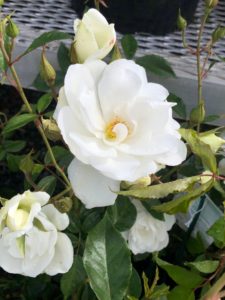
Iceberg Floribunda Rose
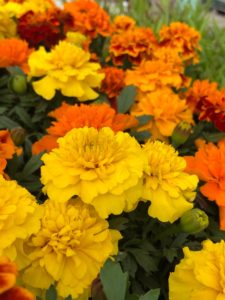
Marigolds of all varieties
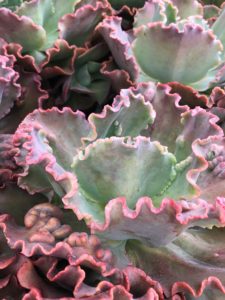
Ruffled Red Echeveria
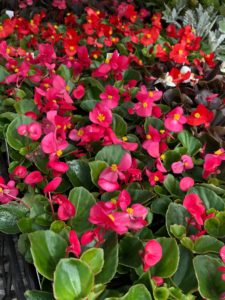
Begonias
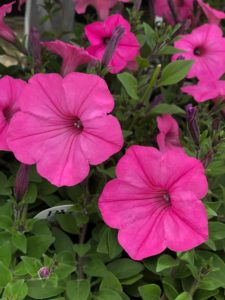
Gorgeous petunias
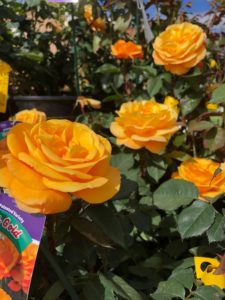
Good As Gold Hybrid Tea Rose
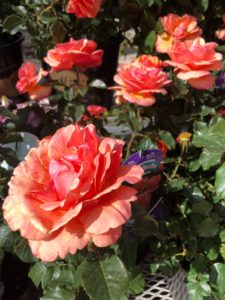
Anna’s Promise Grandiflora Rose
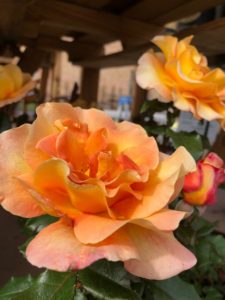
Rosie the Riveter Floribunda Rose
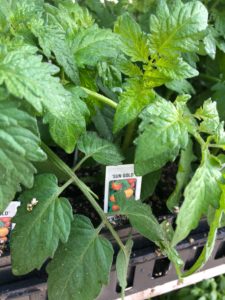
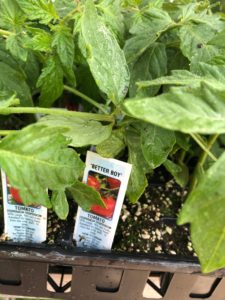
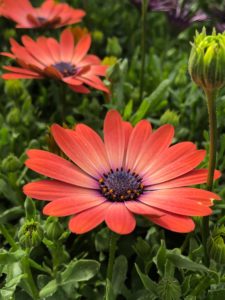

Celestial Night Floribunda Rose
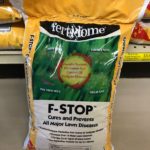




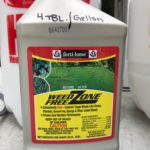




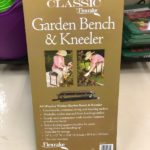
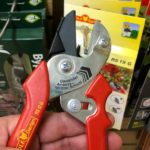
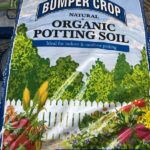


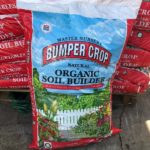
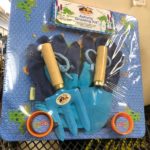


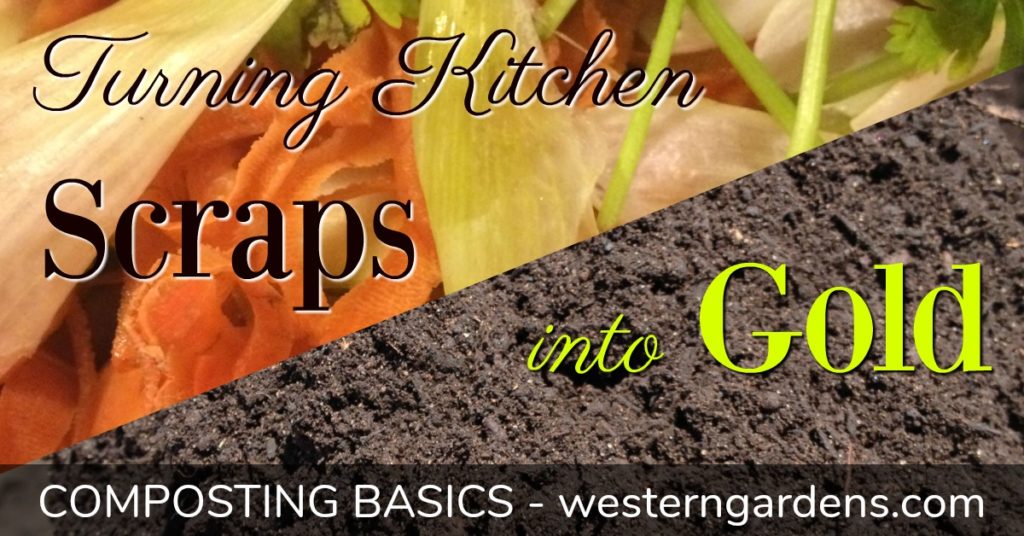
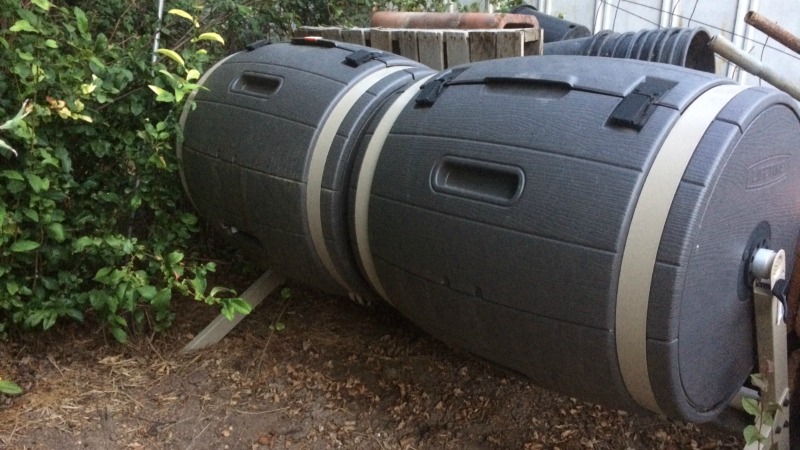
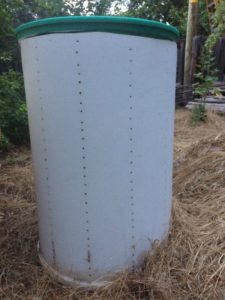
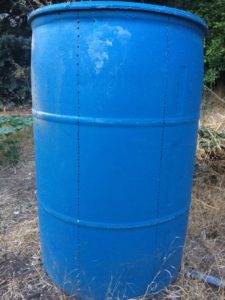
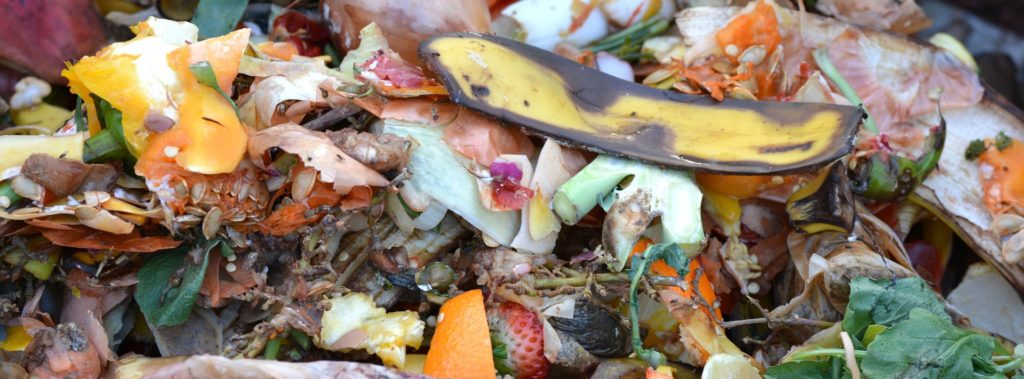
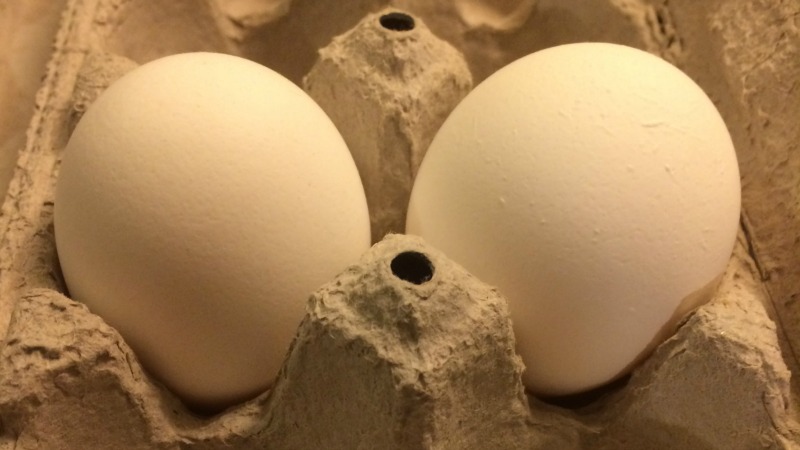
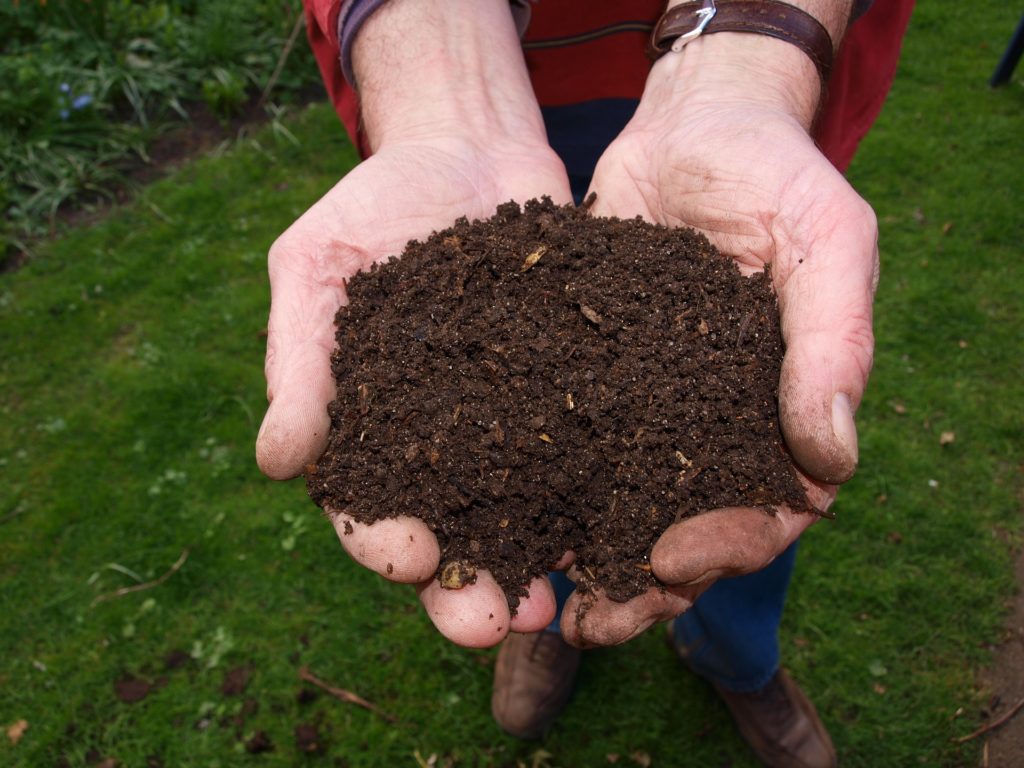


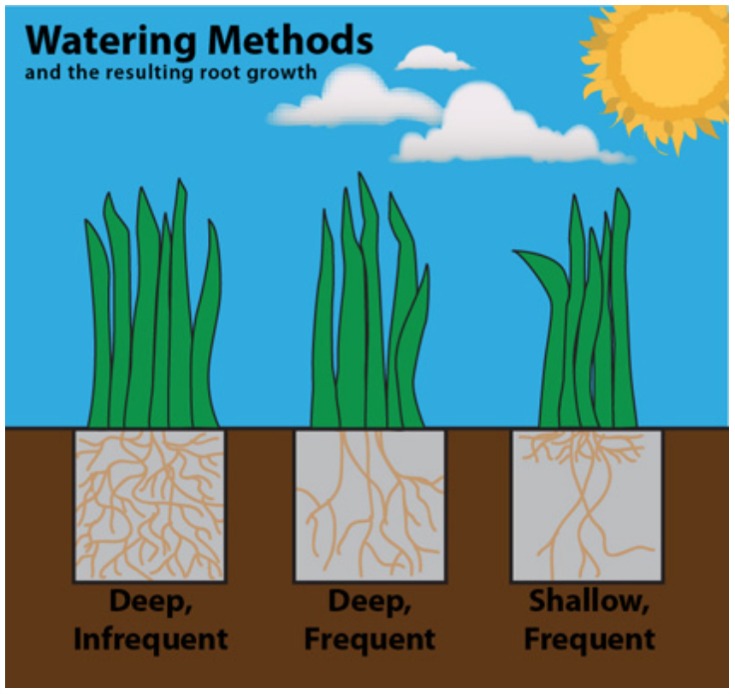
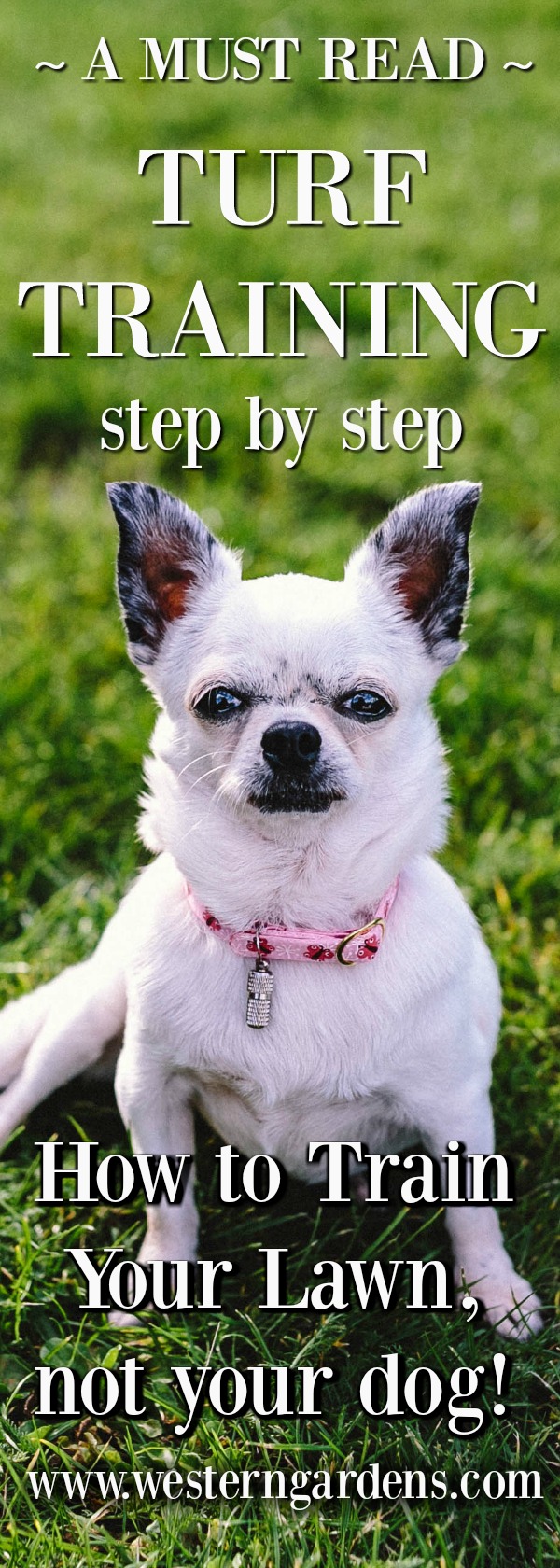
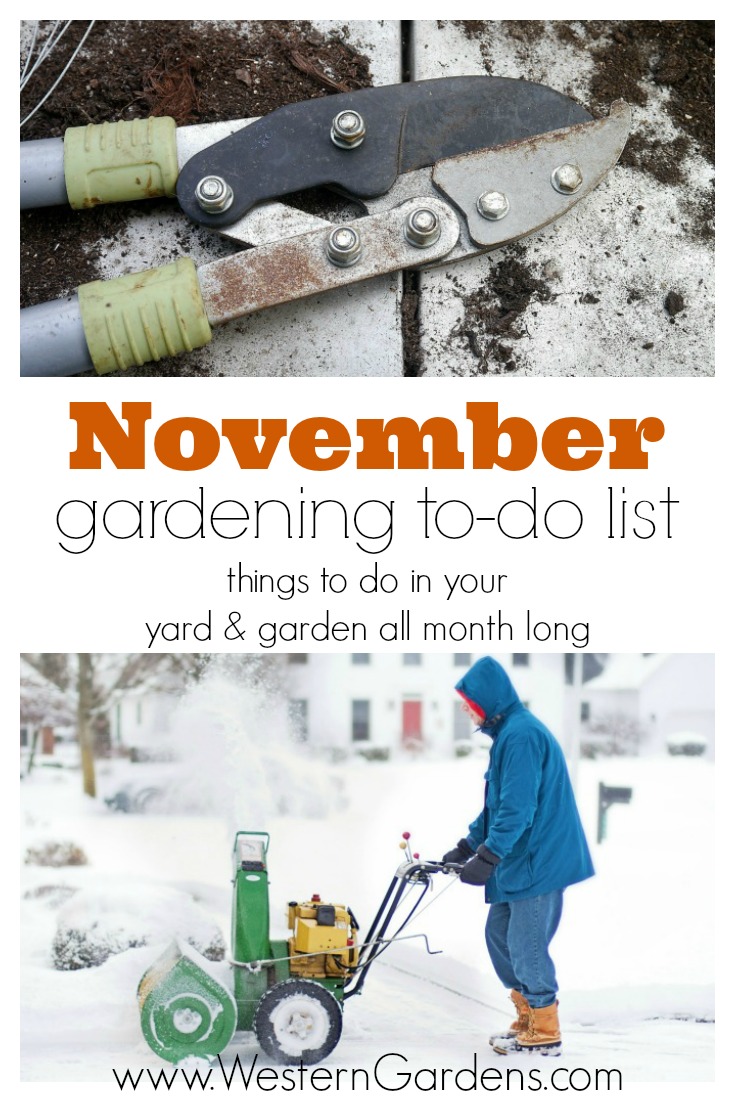
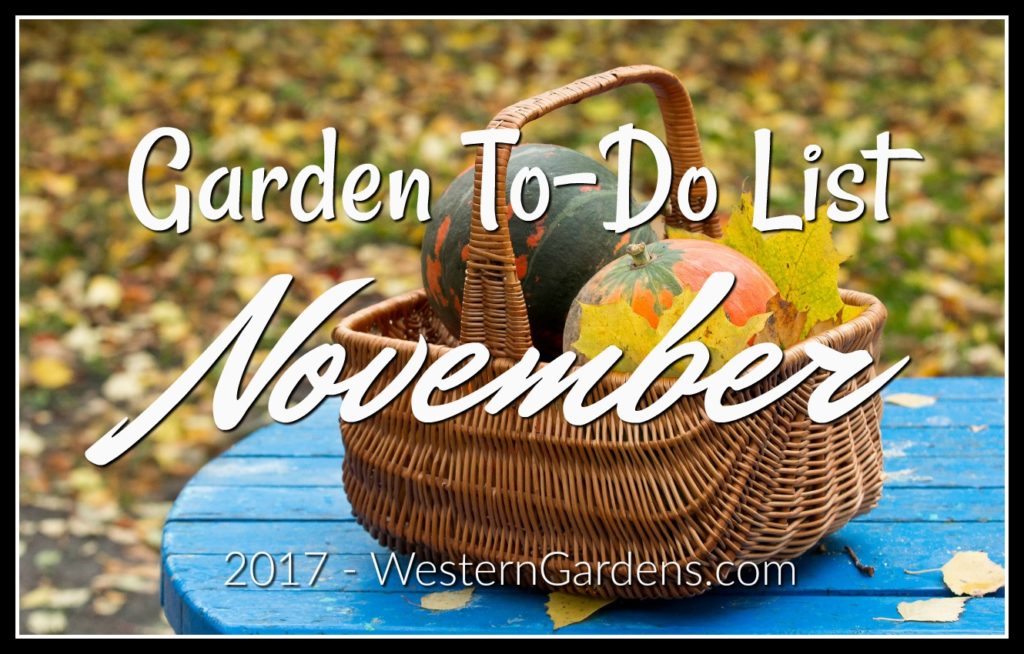
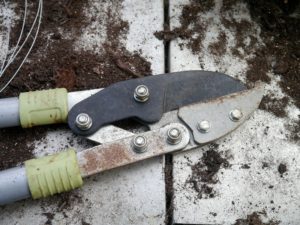
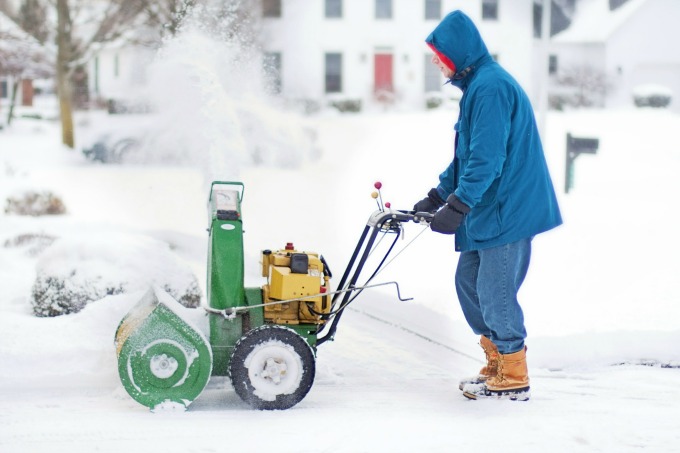
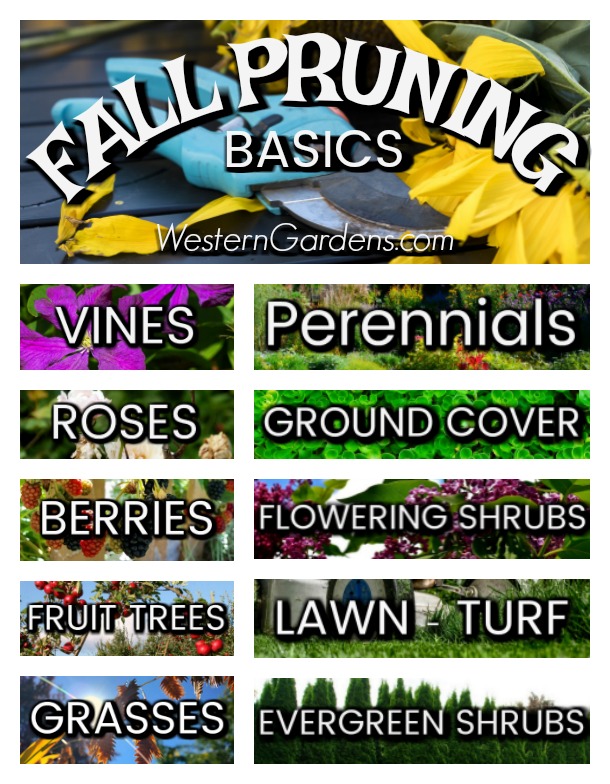

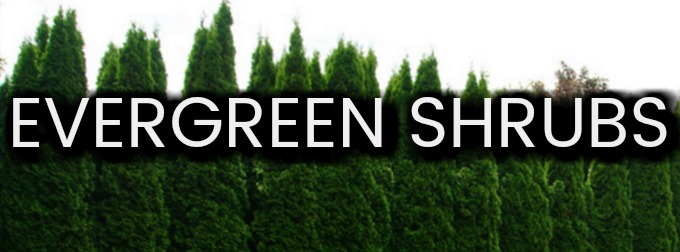
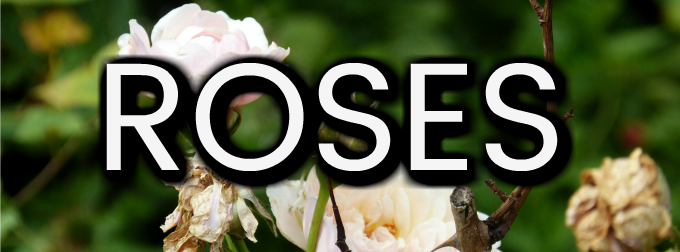
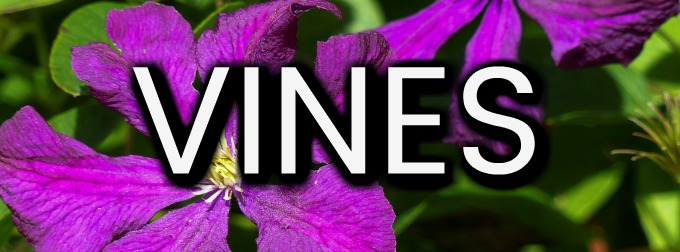
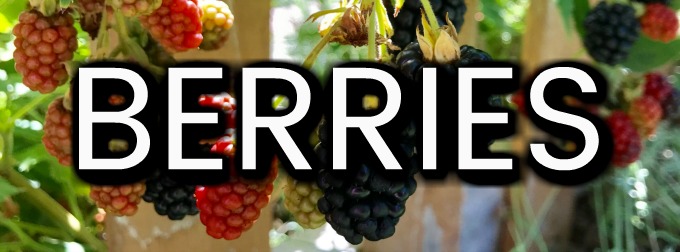
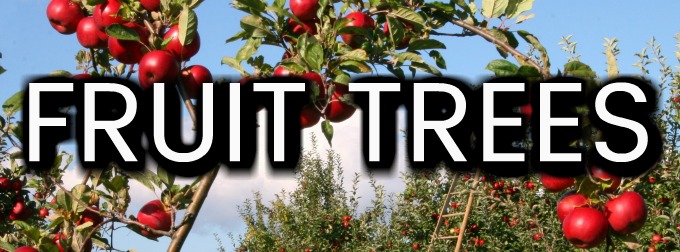
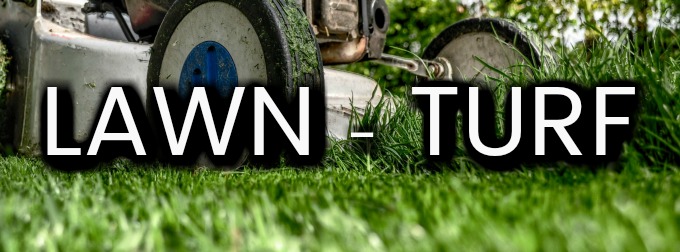
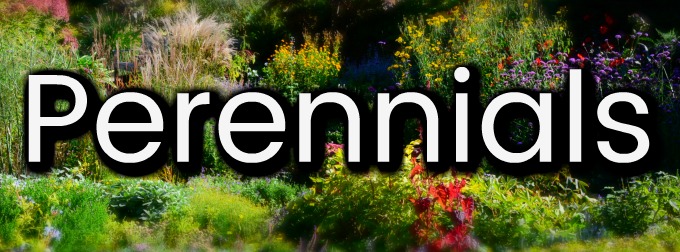

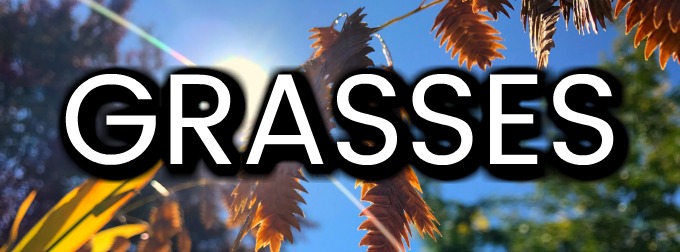
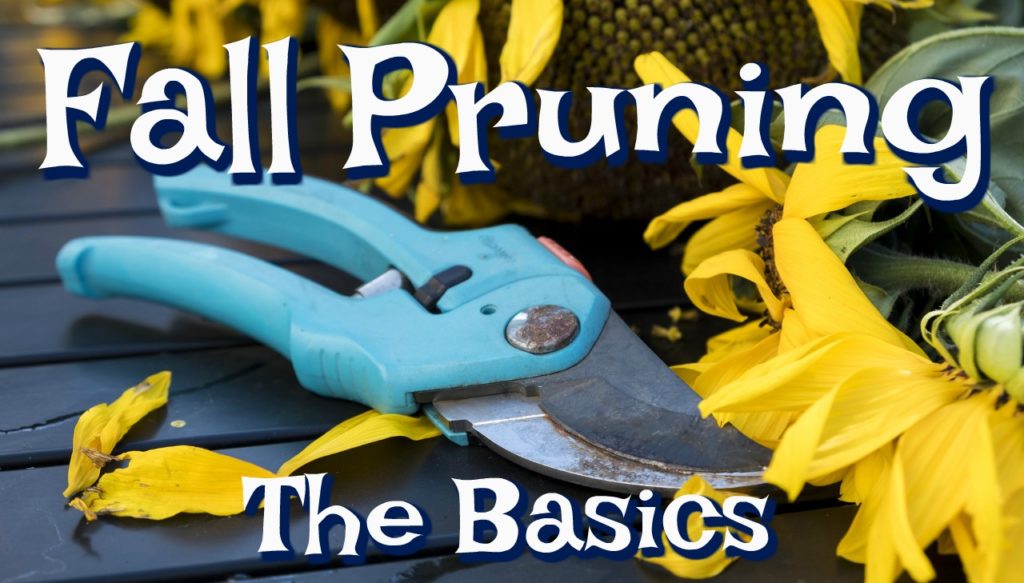
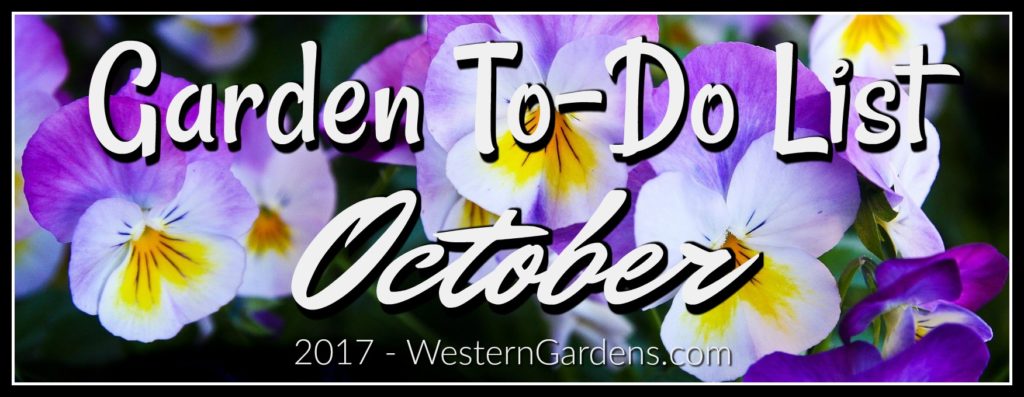
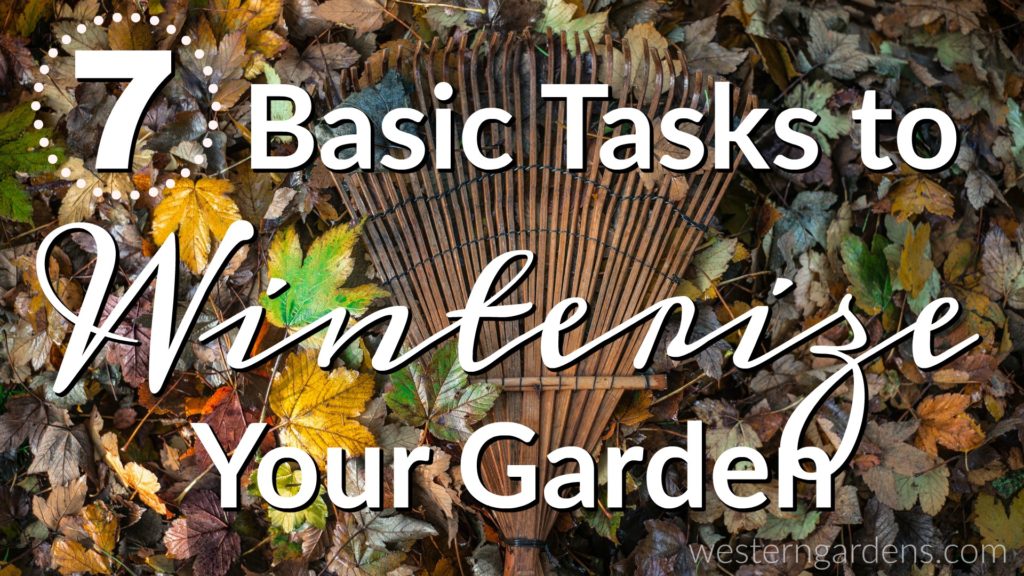
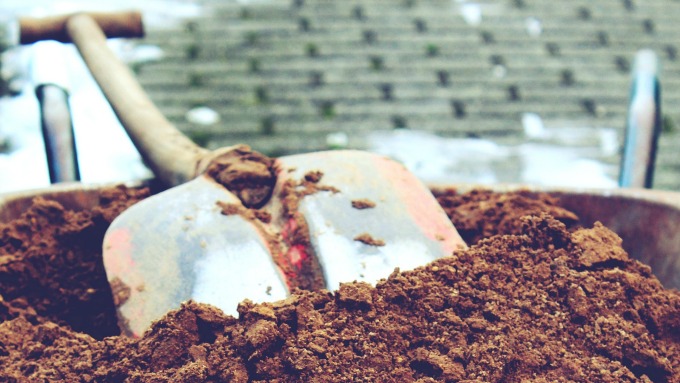
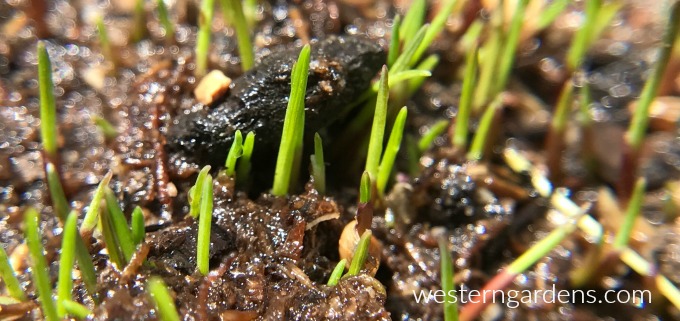
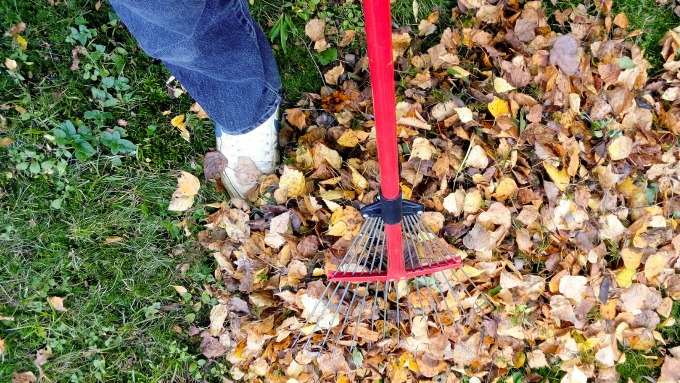
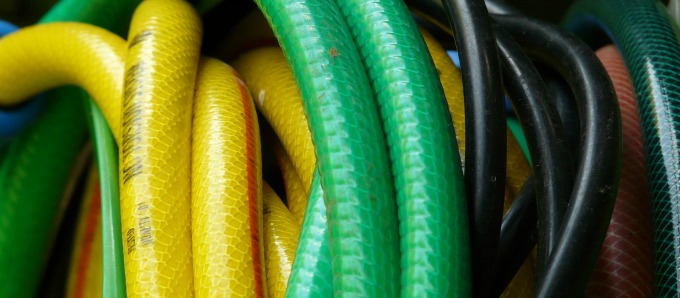
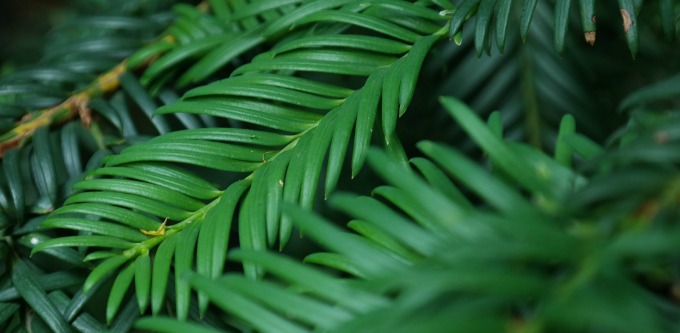
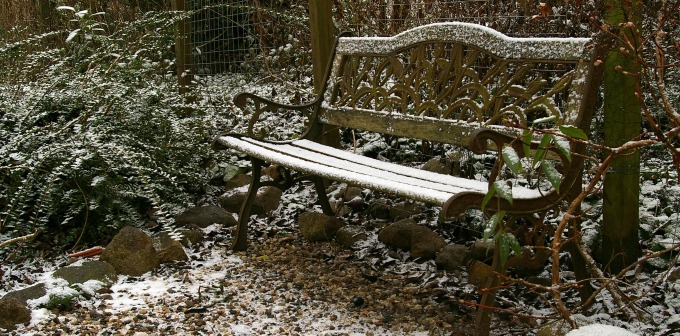
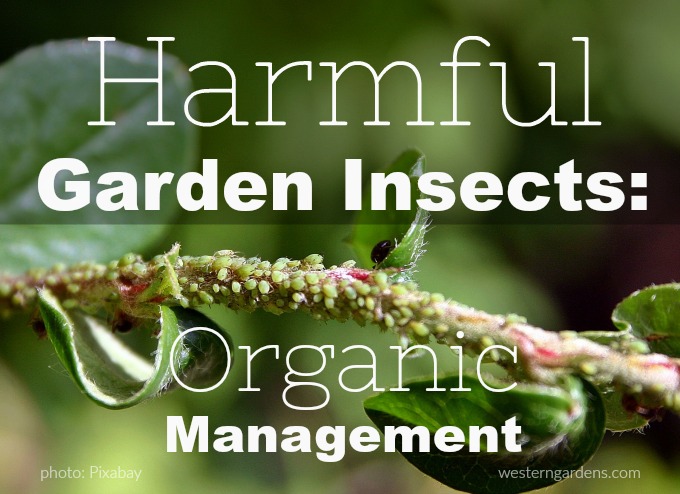
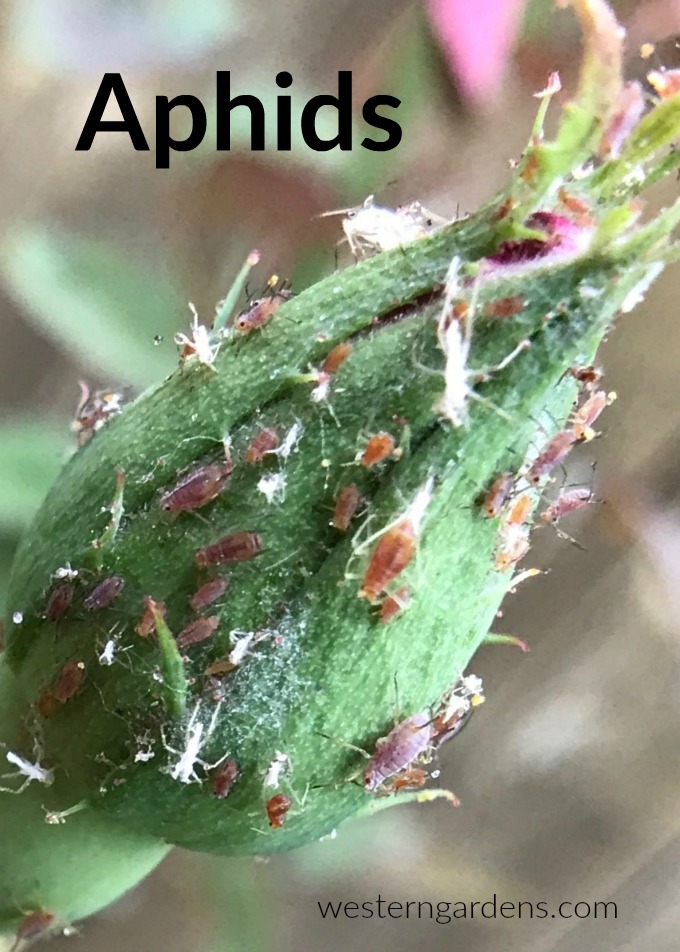
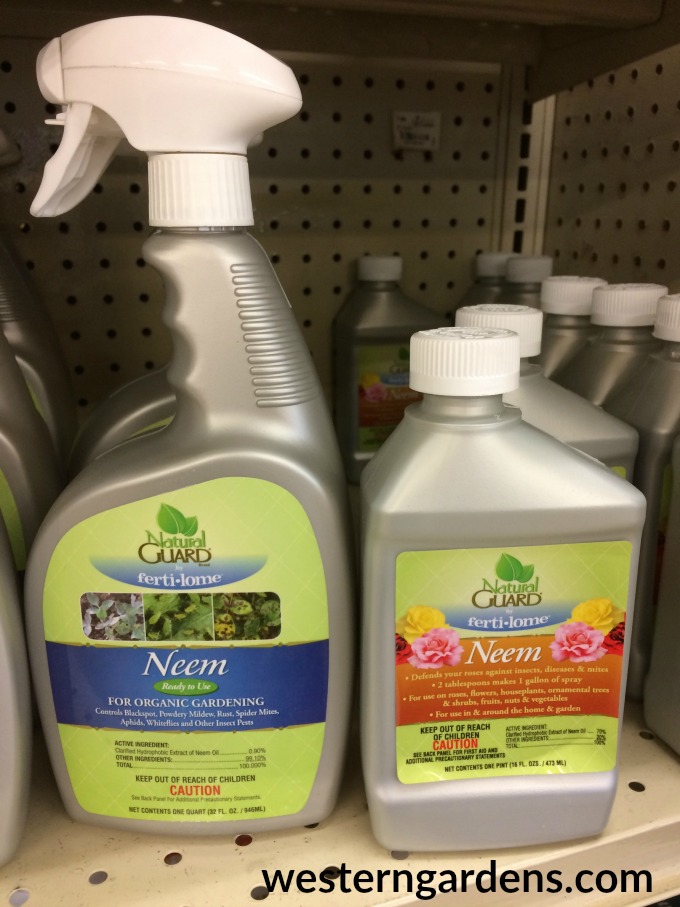
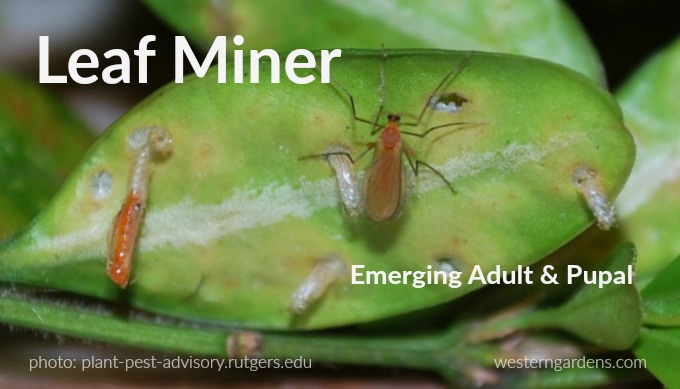
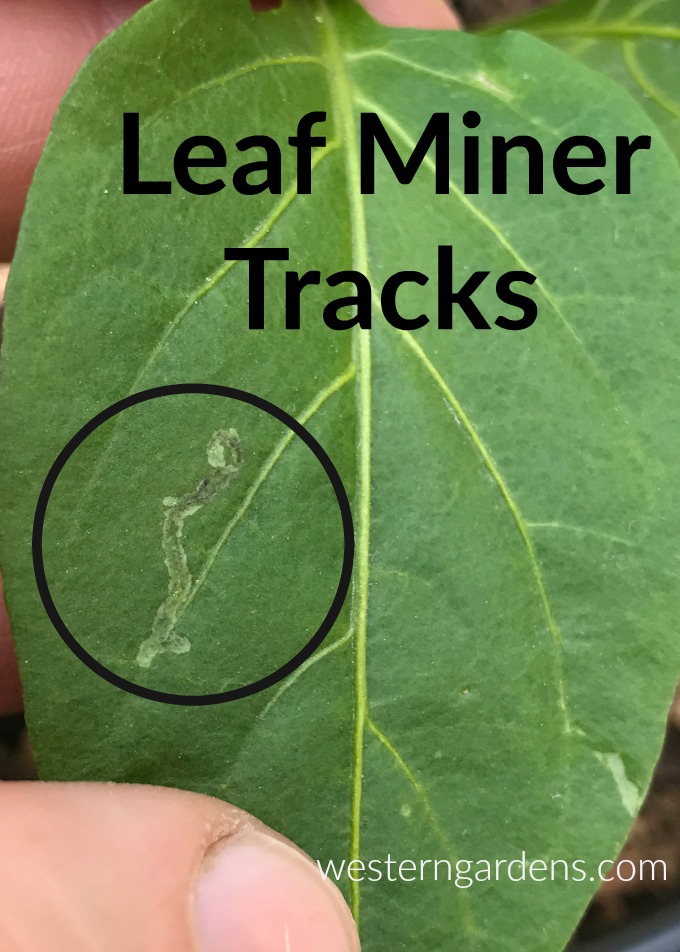
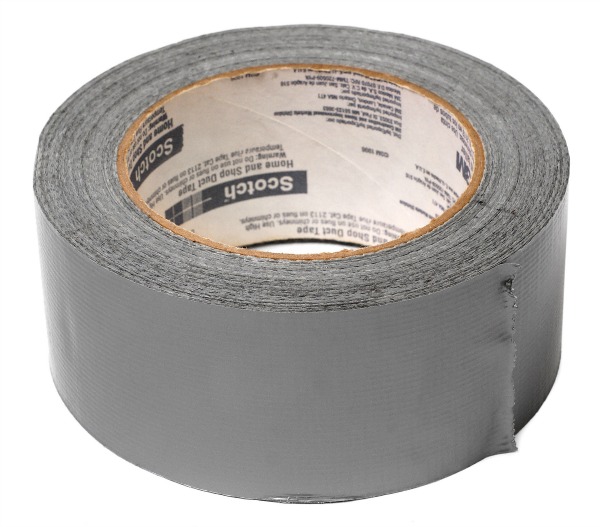
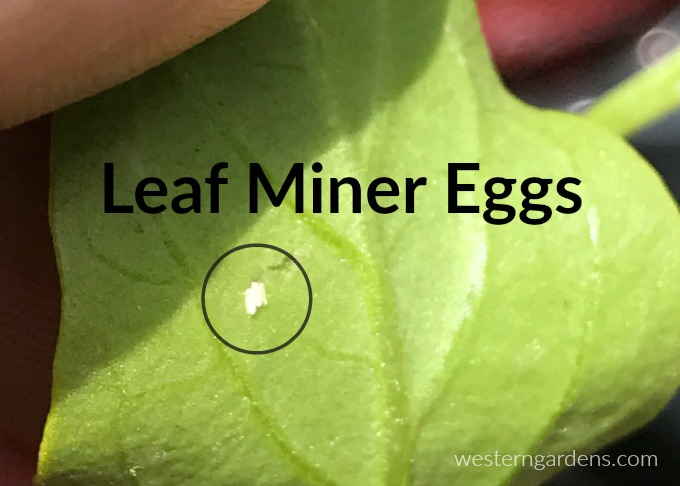
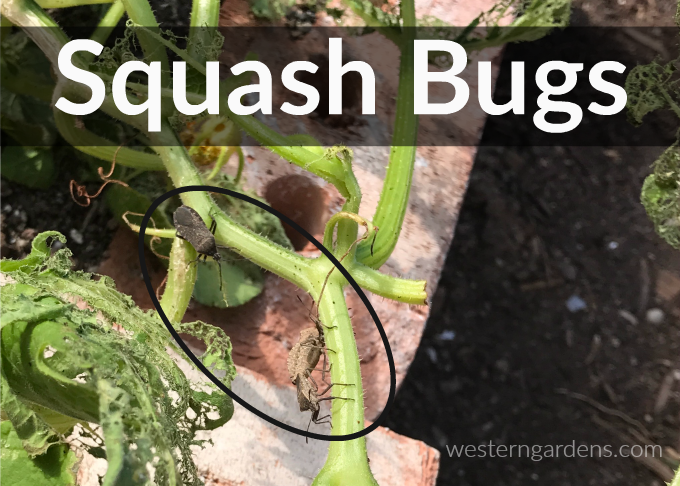
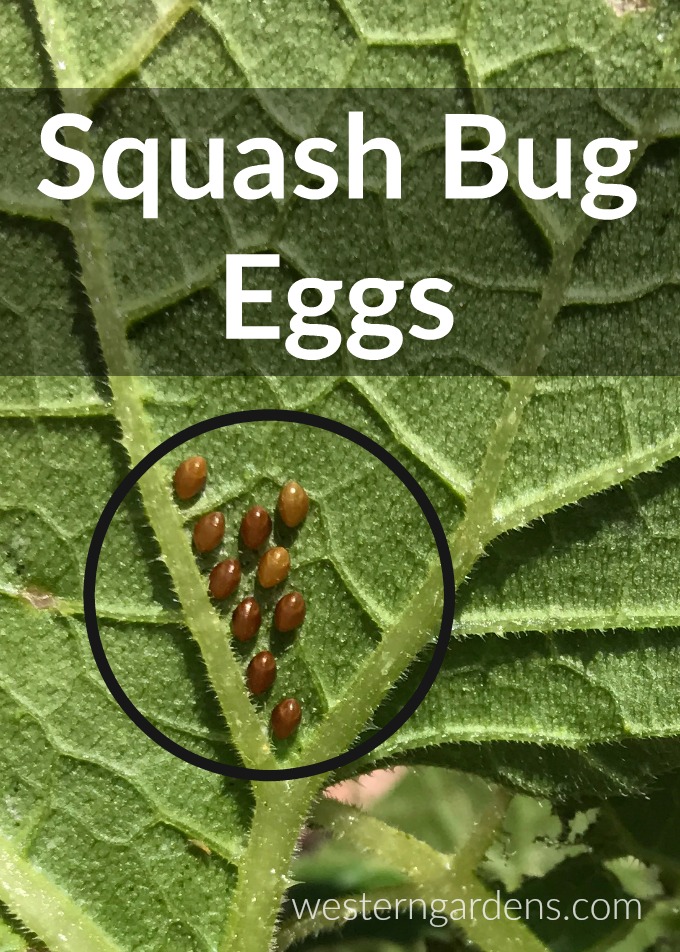
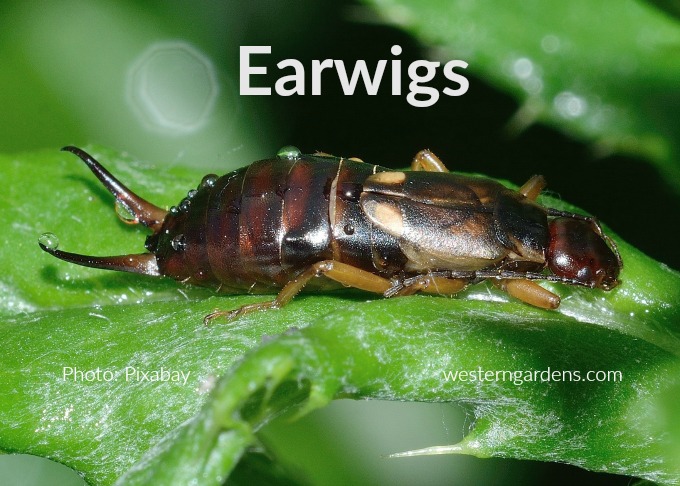
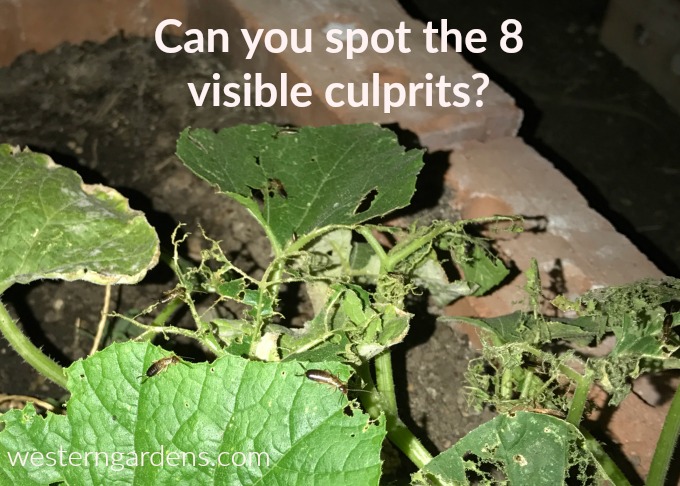
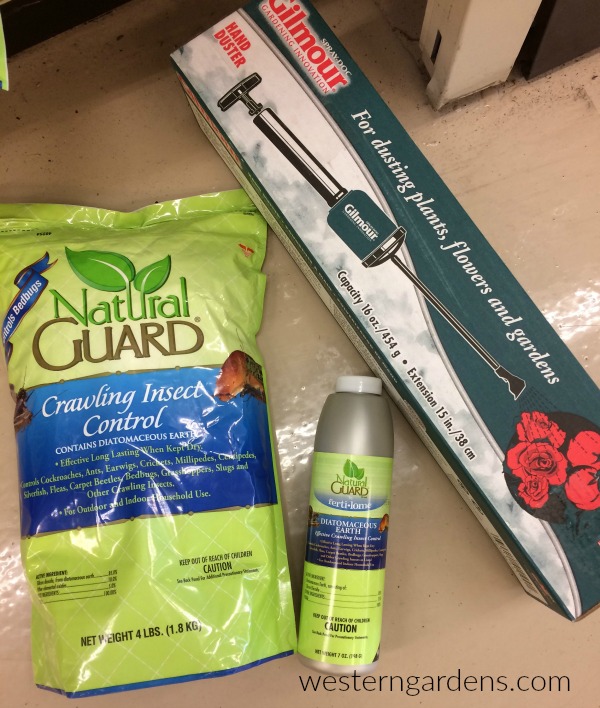
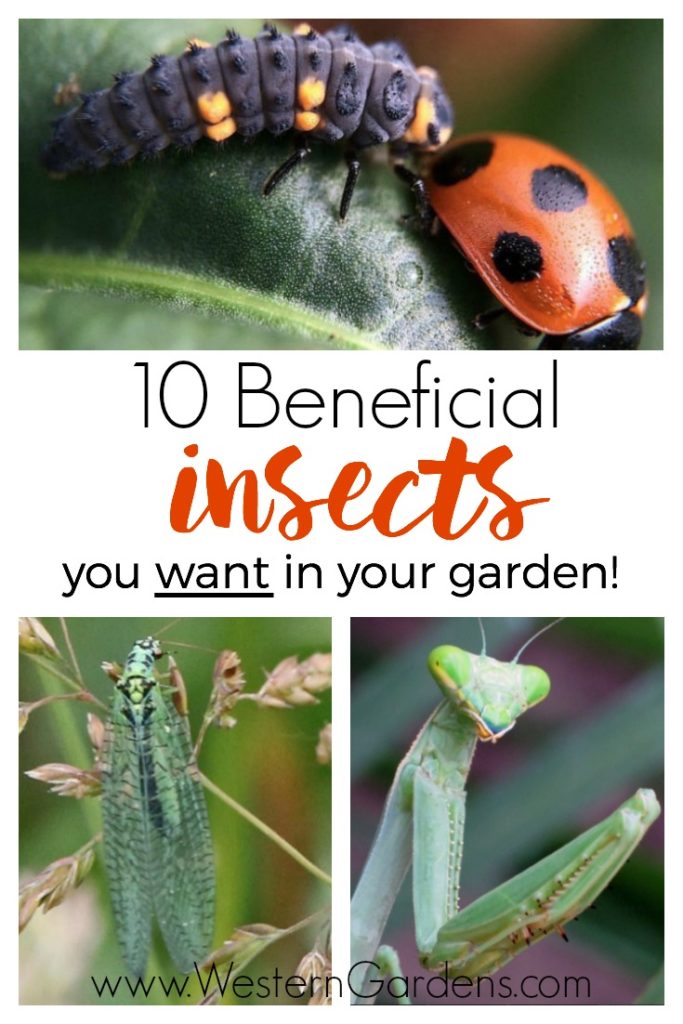
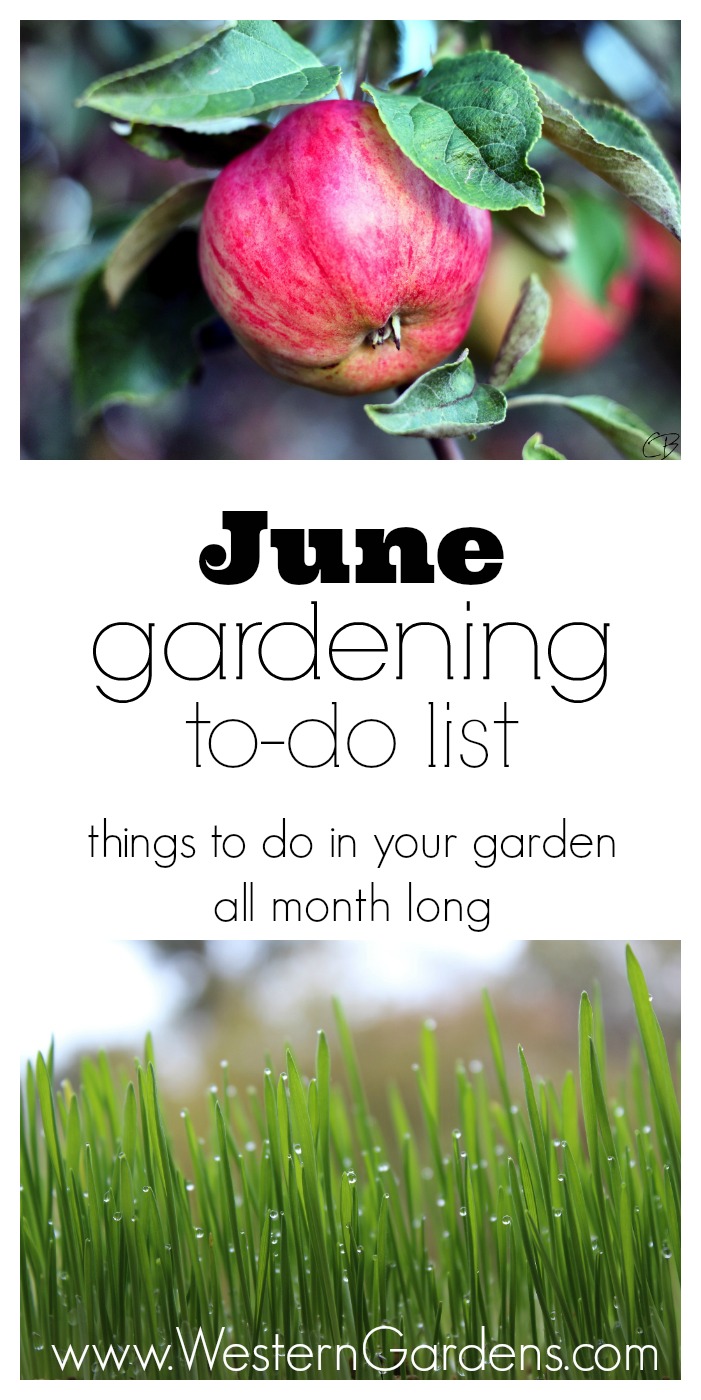
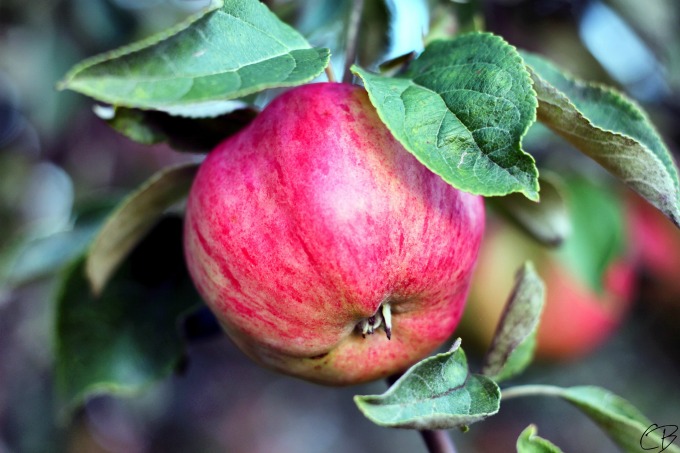
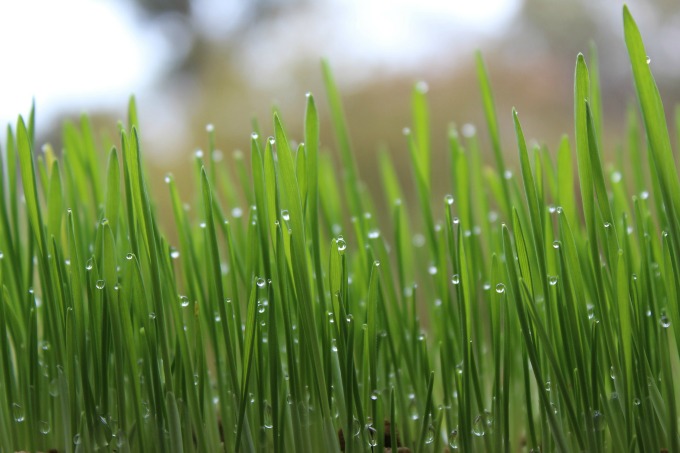
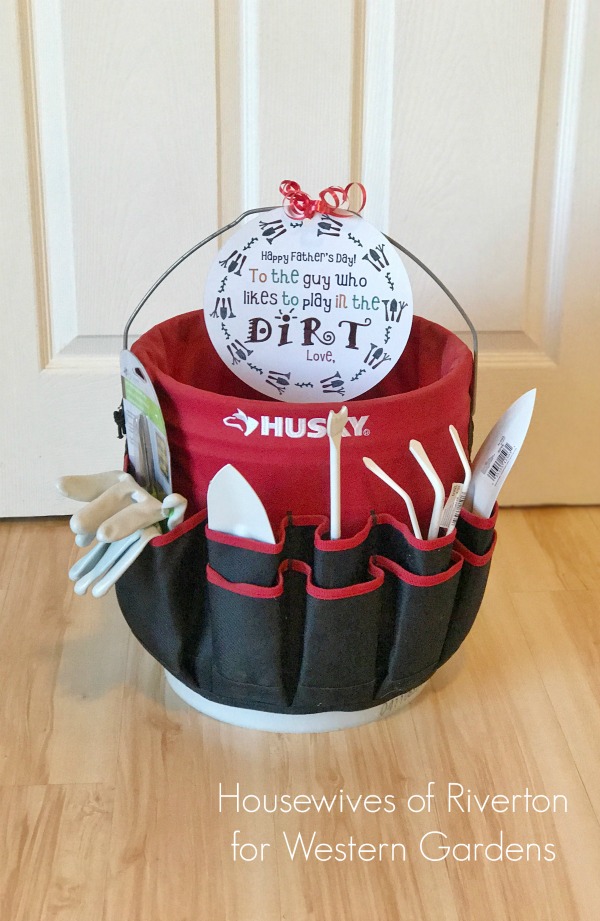 With Father’s Day just around the corner I’ve been thinking about useful gift ideas. My kids always love to give their dad his favorite candies, handmade cards/notes, a new tie, etc…all of these gifts are always greatly appreciated and graciously accepted. I thought it would be fun this year to put together a Gardening Tool Box and thanks to my local Western Gardens I was able to knock out most of my shopping in one place. I did get the Husky Bucket Jockey online (
With Father’s Day just around the corner I’ve been thinking about useful gift ideas. My kids always love to give their dad his favorite candies, handmade cards/notes, a new tie, etc…all of these gifts are always greatly appreciated and graciously accepted. I thought it would be fun this year to put together a Gardening Tool Box and thanks to my local Western Gardens I was able to knock out most of my shopping in one place. I did get the Husky Bucket Jockey online (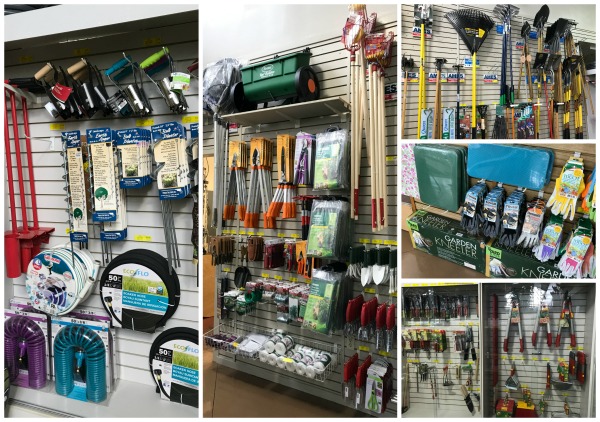 Check out all of this they have in stock, and this isn’t even everything. It was a great place to start our plan. There is a gift in the bag from each of the kids. It includes 2 different types of shovels, gloves, small rake, pruning shears, and weeder.
Check out all of this they have in stock, and this isn’t even everything. It was a great place to start our plan. There is a gift in the bag from each of the kids. It includes 2 different types of shovels, gloves, small rake, pruning shears, and weeder.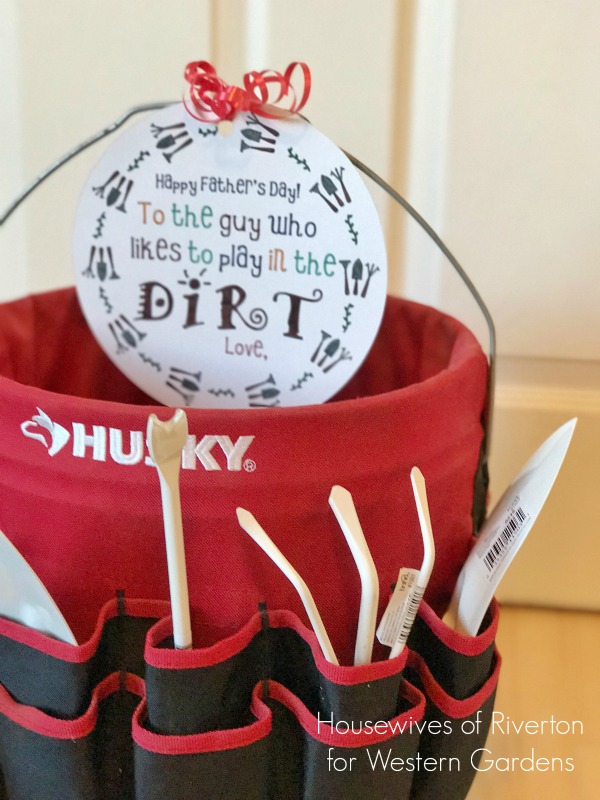
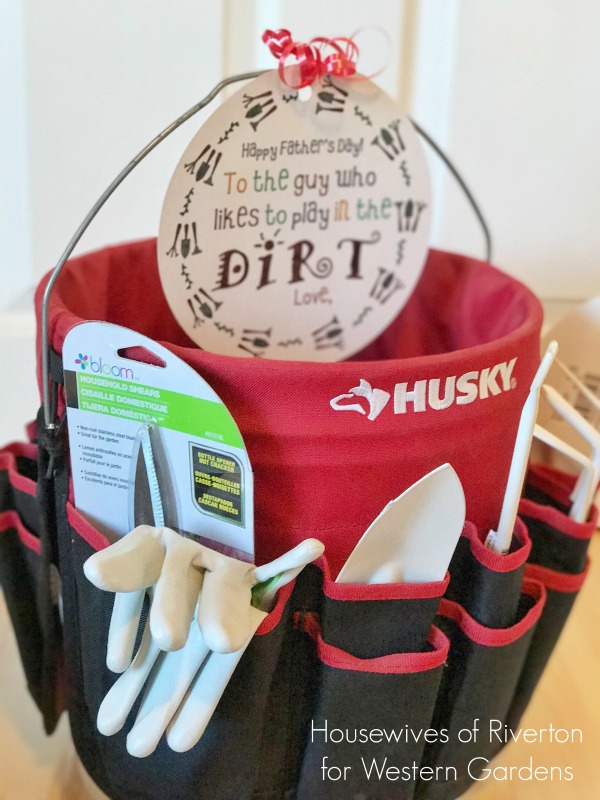 We loved the bucket jockey because it has pockets all on the outside and the inside to help keep everything organized. He can use the inside pockets to separate and organize seeds (the kids and I are each excited to pick a few different varieties to include in the kit) and being inside will keep them protected from the elements. Once the seeds are all planted the bucket can be used to easily gather weeds while out gardening or as a seat when needed.
We loved the bucket jockey because it has pockets all on the outside and the inside to help keep everything organized. He can use the inside pockets to separate and organize seeds (the kids and I are each excited to pick a few different varieties to include in the kit) and being inside will keep them protected from the elements. Once the seeds are all planted the bucket can be used to easily gather weeds while out gardening or as a seat when needed.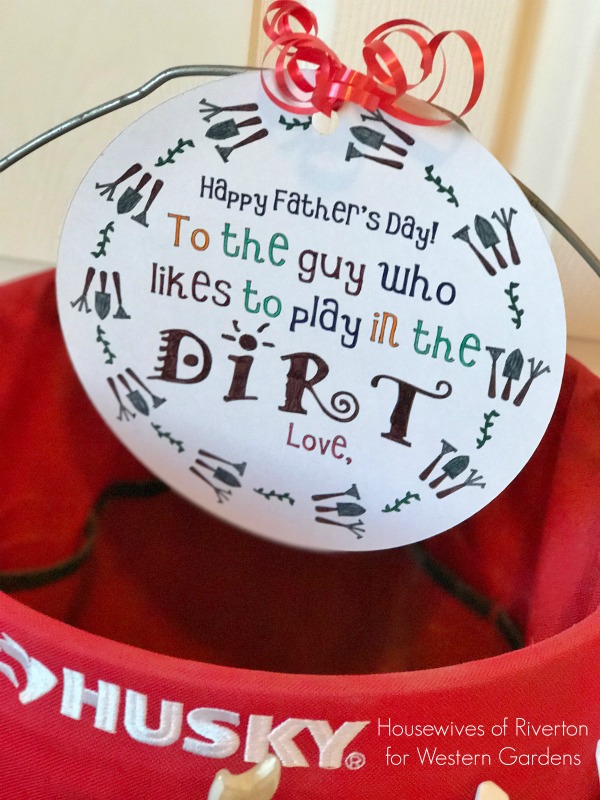 To top off the gift I created this Father’s Day tag perfect for the Gardening Tool Box. I designed it in black and white and it can be colored by the gift giver. It’s all all drawn and cut by the Cricut Explore which makes it an easy tag to make.
To top off the gift I created this Father’s Day tag perfect for the Gardening Tool Box. I designed it in black and white and it can be colored by the gift giver. It’s all all drawn and cut by the Cricut Explore which makes it an easy tag to make.